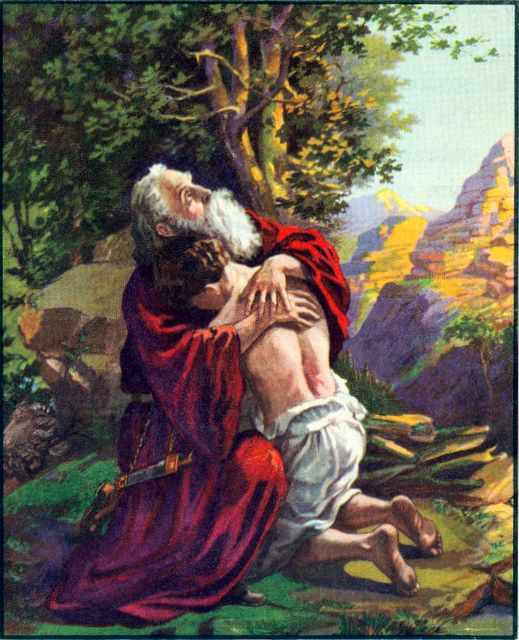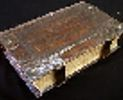Holy Men of the Old Testament

The Old Testament is like a lens through which we can see the lives of some remarkable men who helped the people of their time connect with God. Some we see clearly, others faintly. But what they did, said or inspired others to write is a treasure for us.
What is being commemorated here is not some idea of achieved sanctity and perfection, all were sinners, and the Old Testament doesn't cover them up it reveals them as they really were - human! But they all chose to put God first in their lives. So it is a commemoration of those who in particular pointed to the way of God for Israel under their covenant with God.
The story spans many centuries, beginning with Abraham, who went out in faith, not knowing where he was going, but in obedience to God. Moses played an important part, not only in the escape from Egypt, but in fashioning the liberated Hebrew slaves into God’s people. Joshua led them into Canaan. Samuel, judge and kingmaker, provided important new directions, and David, as king, poet, and musician, became the focus of many of Israel’s aspirations and gave them words to sing the Lord’s song.
In Israel’s turbulent history, the people found faithfulness to the covenant hard, and often fell back into sin but were recalled to their purpose by prophets such as Amos, Hosea and Isaiah, who did much to link the worship of God with the building of a just society. In the devastation of the exile to Babylon, Daniel and his friends held strong in faith. Jeremiah and Ezekiel reinterpreted Israel’s path to God. Daniel and Isaiah revealed the hope of the coming Messiah.
Haggai and Zechariah were part of the restoration after the exile. Nehemiah and Ezra provided determined leadership as Israel was rebuilt. The later Apocrypha and the heroic Maccabees at Hannukkah shows the continuing endurance of those who sought to remain faithful to the covenant with God. Then the Messiah came, as Daniel and the prophets said he would.

 Welcome
Welcome Calendar
Calendar Today's Word
Today's Word Lauds
Lauds Terce
Terce Sext
Sext None
None Vespers
Vespers Compline
Compline Matins
Matins